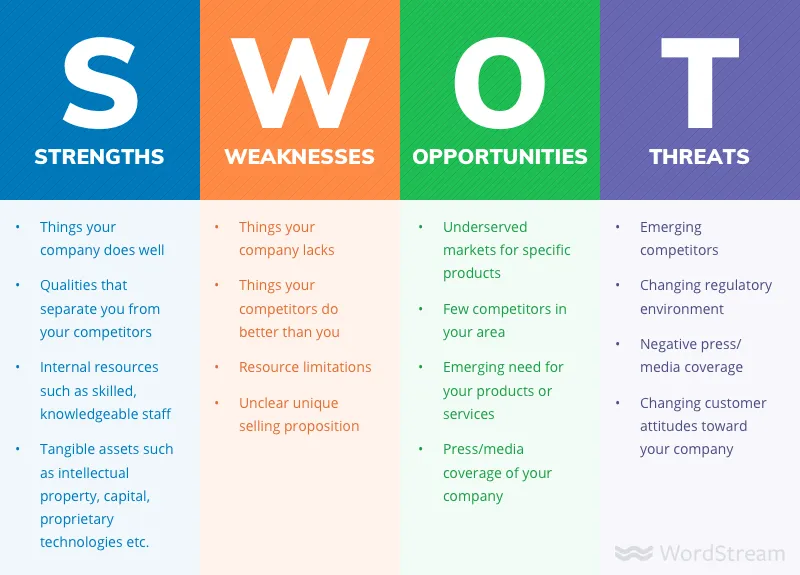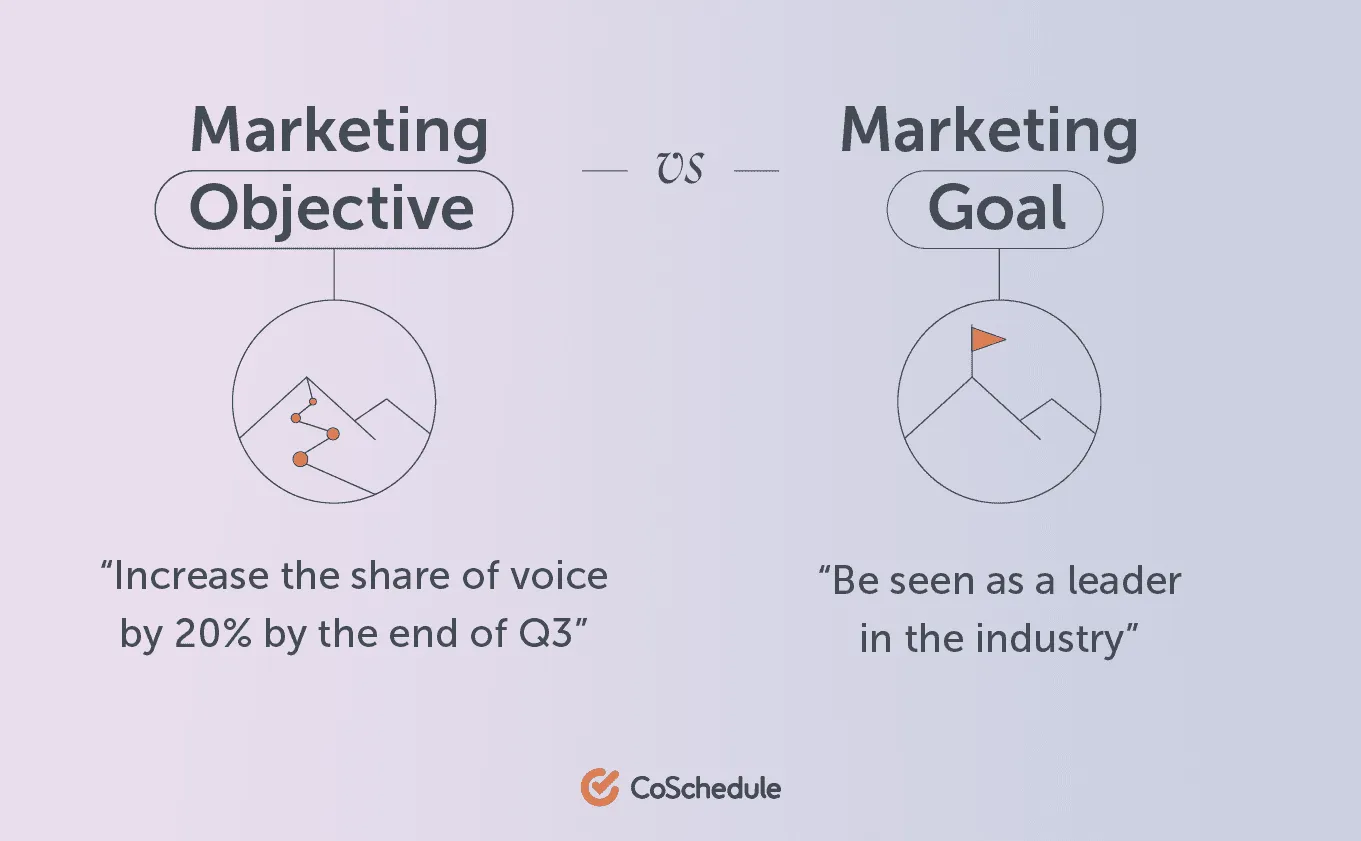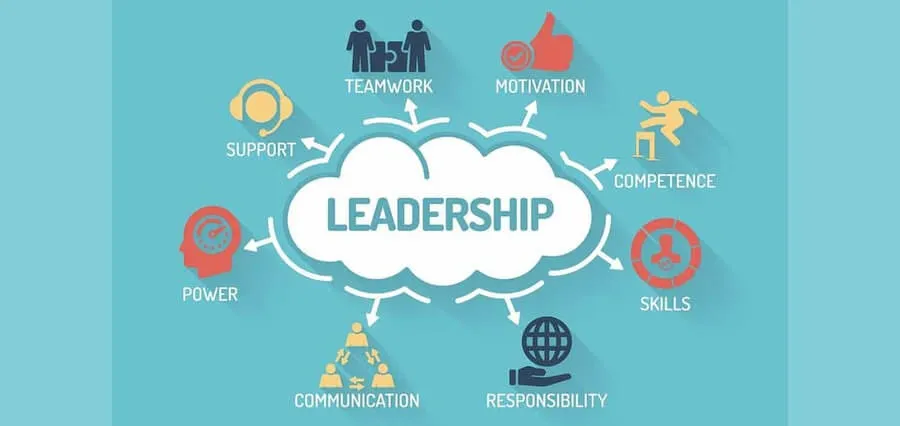In today’s competitive business landscape, a well-crafted marketing plan is crucial for success. A marketing plan serves as a roadmap, guiding your business towards achieving its goals and objectives. Whether you’re a small startup or a large enterprise, a comprehensive marketing plan can make all the difference in effectively reaching and engaging your target audience.
In this article, we will delve into the process of creating a comprehensive marketing plan, using the HubSpot Marketing Plan Template Generator as a reference. We’ll explore the essential elements of a marketing plan and provide you with practical strategies and insights to help you develop a plan that aligns with your business objectives.
Defining Your Marketing Goals and Objectives

The foundation of any successful marketing plan is the clear definition of your marketing goals and objectives. These goals will serve as the guiding force for all your marketing efforts, ensuring that your strategies and tactics are aligned with your desired outcomes.
Identifying Your Business Objectives
Begin by assessing your overall business objectives. These can include:
- Increasing revenue
- Expanding market share
- Launching a new product or service
- Enhancing brand awareness
- Improving customer retention
By clearly understanding your business objectives, you can then translate them into specific marketing goals that will support the growth and success of your organization.
Setting SMART Marketing Goals
When crafting your marketing goals, it’s essential to ensure they are SMART:
- Specific: Your goals should be clear and well-defined, with a specific target or outcome in mind.
- Measurable: Your goals should have quantifiable metrics that you can track and measure over time.
- Achievable: Your goals should be realistic and attainable, based on your resources and capabilities.
- Relevant: Your goals should be aligned with your overall business objectives and contribute to the success of your organization.
- Time-bound: Your goals should have a defined timeline for completion, providing a sense of urgency and a clear deadline.
By setting SMART marketing goals, you can create a roadmap for your marketing efforts and effectively measure the success of your strategies.
Identifying Your Target Audience
Understanding your target audience is crucial for the development of an effective marketing plan. Conduct thorough market research to gather insights about your potential customers, including their demographics, psychographics, behaviors, and pain points.
Once you have a clear understanding of your target audience, you can create detailed buyer personas that will guide your marketing strategies and messaging.
Conducting a Competitive Analysis
Analyzing your competitors is an essential step in the marketing planning process. By understanding the competitive landscape, you can identify opportunities, mitigate risks, and differentiate your business in the market.
Identifying Your Competitors
Begin by identifying your direct and indirect competitors. Direct competitors are businesses that offer similar products or services to the same target audience, while indirect competitors may offer alternative solutions to the same customer needs.
Analyzing Competitor Strengths and Weaknesses
Gather information about your competitors’ marketing strategies, products, pricing, and customer engagement. Identify their strengths and weaknesses, and use this information to identify opportunities for your business to stand out.
Evaluating Competitor Positioning
Assess how your competitors position themselves in the market, including their unique selling propositions, brand messaging, and value propositions. This will help you determine how to effectively position your own business and create a competitive advantage.
Monitoring Competitor Activities
Continuously monitor your competitors’ activities, including their marketing campaigns, new product launches, and customer feedback. This will allow you to adapt your strategies as needed and stay ahead of the competition.
Conducting a SWOT Analysis

A SWOT (Strengths, Weaknesses, Opportunities, and Threats) analysis is a powerful tool that can help you identify the internal and external factors that can impact your business. By understanding these factors, you can develop strategies that capitalize on your strengths, address your weaknesses, seize opportunities, and mitigate potential threats.
Identifying Your Strengths
Analyze the unique capabilities, resources, and assets that give your business a competitive advantage. These may include your product or service quality, your brand reputation, your customer service, or your technological capabilities.
Assessing Your Weaknesses
Identify the areas where your business may be lacking or underperforming. These could include financial constraints, limited resources, lack of expertise, or operational inefficiencies.
Recognizing Opportunities
Examine the external factors, such as market trends, emerging technologies, or changes in customer preferences, that could present new opportunities for your business to grow and expand.
Mitigating Threats
Identify the external factors, such as competitive pressures, regulatory changes, or economic conditions, that could pose a threat to your business. Develop strategies to mitigate these threats and minimize their impact on your organization.
By conducting a comprehensive SWOT analysis, you can gain a deeper understanding of your business’s position and develop a marketing plan that leverages your strengths, addresses your weaknesses, capitalizes on opportunities, and mitigates potential threats.
Developing Your Marketing Strategies
With a clear understanding of your marketing goals, target audience, competitive landscape, and internal and external factors, you can now begin to develop your marketing strategies.
Product/Service Strategy
Examine your product or service offerings and how they align with the needs and preferences of your target audience. Consider the unique features, benefits, and value propositions that set your offerings apart from the competition.
Product Positioning
Determine how you want your products or services to be perceived in the market. Identify the key attributes, benefits, and positioning that will resonate with your target customers.
Product Lifecycle Management
Analyze the current stage of your product or service in its lifecycle (introduction, growth, maturity, or decline) and develop strategies to effectively manage its evolution.
Product Differentiation
Identify ways to differentiate your products or services from the competition, such as through unique features, superior quality, or innovative solutions.
Pricing Strategy
Develop a pricing strategy that aligns with your business objectives, target audience, and competitive landscape. Consider factors such as cost of production, market demand, and perceived value.
Cost-based Pricing
Set prices based on the cost of producing and delivering your products or services, plus a desired profit margin.
Value-based Pricing
Determine prices based on the perceived value that your offerings provide to customers, rather than solely on production costs.
Competitive Pricing
Analyze your competitors’ pricing strategies and position your offerings at a similar or slightly different price point to remain competitive.
Promotional Strategy
Craft a comprehensive promotional strategy that includes a mix of advertising, public relations, social media, content marketing, and other communication channels to effectively reach and engage your target audience.
Advertising Campaigns
Develop targeted advertising campaigns across various platforms, such as digital, print, or outdoor, to raise brand awareness and drive customer engagement.
Public Relations and Earned Media
Leverage PR and earned media opportunities, such as press releases, interviews, or guest blog posts, to build brand credibility and thought leadership.
Social Media Engagement
Utilize social media platforms to connect with your target audience, share valuable content, and foster a strong online presence.
Content Marketing
Create and distribute high-quality, informative content, such as blog posts, videos, or webinars, to attract, educate, and engage your target audience.
Distribution Strategy
Determine the most effective channels and methods for delivering your products or services to your customers, considering factors such as customer preferences, logistics, and costs.
Direct Sales Channels
Sell directly to customers through your own website, physical retail locations, or online marketplaces.
Indirect Sales Channels
Partner with third-party distributors, retailers, or resellers to expand your reach and access new customer segments.
Omnichannel Approach
Integrate multiple sales channels, both online and offline, to provide a seamless and consistent customer experience.
Budgeting and Resource Allocation

Allocate your marketing budget and resources effectively to ensure the successful implementation of your marketing plan.
Marketing Budget Allocation
Determine the appropriate budget for your marketing initiatives, considering factors such as your overall business objectives, the size and scope of your marketing plan, and industry benchmarks.
Fixed Costs
Account for recurring expenses, such as staff salaries, office rent, or software subscriptions.
Variable Costs
Budget for variable expenses that may fluctuate based on your marketing activities, such as advertising, events, or content creation.
Contingency Funds
Set aside a portion of your marketing budget for unexpected expenses or new opportunities that may arise during the implementation of your plan.
Resource Allocation
Identify the necessary resources, including personnel, technology, and external partnerships, to support the execution of your marketing strategies.
Staffing and Expertise
Assess your internal team’s capabilities and determine if you need to hire additional marketing professionals or outsource certain tasks to external agencies or freelancers.
Technology and Tools
Invest in the right marketing technology and tools to streamline your processes, analyze data, and automate various marketing activities.
Strategic Partnerships
Explore opportunities to collaborate with complementary businesses, influencers, or industry organizations to leverage their resources and expertise.
Measuring and Optimizing Your Marketing Plan

Continuously monitor and evaluate the performance of your marketing plan to identify areas for improvement and ensure that your strategies are effectively driving your desired outcomes.
Key Performance Indicators (KPIs)
Establish a set of key performance indicators (KPIs) that align with your marketing goals and objectives. These may include metrics such as website traffic, lead generation, customer acquisition, engagement rates, or return on investment (ROI).
Analytics and Reporting
Implement robust analytics tools and dashboards to track, measure, and report on the performance of your marketing initiatives. Regularly review and analyze this data to identify trends, insights, and areas for optimization.
Optimization and Iteration
Use the insights gained from your performance data to continuously optimize your marketing strategies and tactics. Regularly review and adjust your plan to address emerging challenges, capitalize on new opportunities, and ensure the ongoing success of your marketing efforts.
Conclusion
Creating a comprehensive marketing plan is a crucial step in driving the success and growth of your business. By defining your marketing goals, understanding your target audience and competitive landscape, developing effective strategies, allocating resources, and continuously measuring and optimizing your efforts, you can create a roadmap that aligns with your overall business objectives and sets your organization up for long-term success.
Remember, a marketing plan is not a static document, but rather a living, breathing strategy that should evolve alongside your business and the ever-changing market conditions. By embracing a data-driven, iterative approach to your marketing planning process, you can ensure that your efforts remain relevant, impactful, and responsive to the needs of your customers and the demands of your industry.




